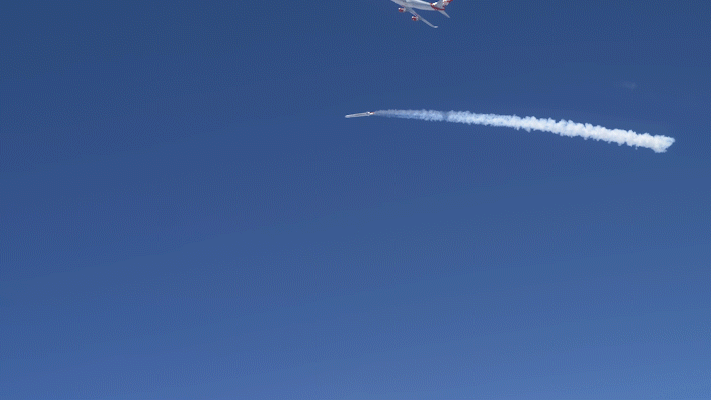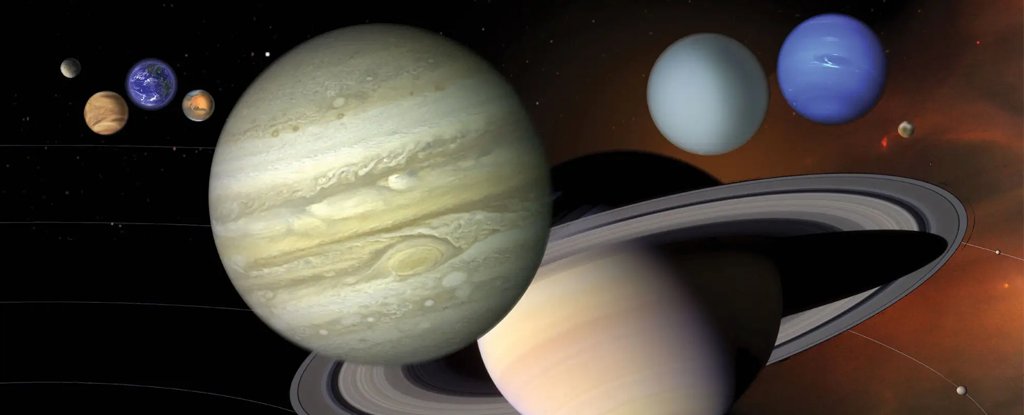
An Arianespace Ariane 5 rocket hefted the Mission Extension Vehicle-2 (MEV-2) into space Sunday (July 31), putting the vehicle en route to an Intelsat satellite waiting for a boost into a higher orbit. Riding along on the rocket were two satellites for broadband communications.
The launch lifted off from the Guiana Space Center near Kourou, French Guiana at 7:04 p.m. local time (6:04 p.m. EDT or 2204 GMT), marking the fifth launch of 2020 for Arianespace .
In case you are keeping track:
Exoplanet-hunter TESS completes its primary mission | Space | EarthSky

NASA’s 2nd planet-hunter, TESS, has spent 2 years surveying the sky for exoplanets orbiting distant stars. It has found over 2,000 exoplanets so far. TESS now moves into its extended mission phase.
NASA’s newest planet-hunting space telescope – the Transiting Exoplanet Survey Satellite, aka TESS – has just completed its primary mission, the space agency announced on August 11, 2020. Its initial survey of the sky took two years. In this time, TESS helped revolutionize our knowledge about exoplanets , worlds orbiting distant stars, continuing on from where the Kepler space telescope, NASA’s first planet-hunter, left off.
NASA Space Station On-Orbit Status 13 August, 2020 - Orbital Housekeeping - SpaceRef
The Expedition 63 crew trio continued ongoing space research and orbital housekeeping aboard the International Space Station today.
Mission controllers are also preparing the Canadarm2 robotics arm for departure operations with Japan's ninth resupply ship.
Commander Chris Cassidy split his Thursday shift with physics research in the morning and plumbing and electronics maintenance in the afternoon. The veteran NASA astronaut first checked samples inside the Electrostatic Levitation Furnace that levitates, melts and solidifies materials exposed to extreme temperatures. After lunch, he connected water recovery system cables then checked emergency communications gear.
NASA Space Station On-Orbit Status 12 August, 2020 - Earth Observation this Week - SpaceRef
The Expedition 63 crew members are getting a Japanese spaceship ready for departure next week. In the meantime, the International Space Station trio was busy today with science, video communications and orbital plumbing.
Commander Chris Cassidy and Flight Engineer Anatoly Ivanishin partnered up today loading Japan's resupply ship with trash and old station gear. Cassidy will command the Canadarm2 robotic arm on Aug. 18 to release the H-II Transfer Vehicle-9 (HTV-9) into Earth orbit for a fiery, but safe reentry into the atmosphere above the South Pacific. The HTV-9 arrived at the orbiting lab on May 25 delivering four tons of new science experiments, station hardware, crew supplies and fuel.
Check out this next:
Astro Bob column: Amazon's Project Kuiper will place 3,236 more satellites in orbit | Duluth News

Virgin Orbit to fly 11 satellites for NASA on second orbital launch demo later this year –

After the first attempt was cut short prior to the planned conclusion of the rocket, which was aiming to accomplish a more sustained flight of the empty LauncherOne rocket, potentially even to orbital altitude, the Virgin Orbit team conducted a comprehensive investigation of the cause of the issue encountered.
Virgin notes that it still has some work to do before the investigation is technically complete, but the small satellite space launch company says it’s confident it knows what technical fixes are needed to prevent the same thing from happening in the future, and it’s already in the process of implementing those.
Mesmerising Animation Reveals Our Entire Solar System Doesn't Exactly Orbit The Sun

It's common knowledge that the Sun is the centre of the Solar System. Around it, the planets orbit – along with a thick belt of asteroids, some meteor fields, and a handful of far-travelling comets.
* * *
"Instead, everything orbits the Solar System centre of mass," James O'Donoghue, a planetary scientist at the Japanese space agency, JAXA, recently explained on Twitter . "Even the Sun."
That centre of mass, called the barycenter, is the point of an object at which it can be balanced perfectly, with all its mass distributed evenly on all sides. In our Solar System, that point rarely lines up with the centre of the Sun.
1st direct image of 2 giant exoplanets orbiting a sunlike star | Space | EarthSky

For the 1st time ever, astronomers have photographed more than one giant exoplanet orbiting a sunlike star. The planetary system is similar to our solar system, but younger.
* * *
How would our solar system look from the vicinity of another star? Using technologies similar to ours, alien astronomers would have a tough time photographing our small, rocky Earth. They might more easily manage to capture images of our solar system’s biggest planets, the large gaseous worlds Jupiter and Saturn. Of the thousands of exoplanets discovered so far orbiting distant stars, earthly astronomers have captured direct images of only a very few.
Happening on Twitter
Ariane 5 rocket launches robotic space tug into orbit alongside 2 communications satellites https://t.co/g00hSpXXYw https://t.co/xhDJIYs6En SPACEdotcom (from NYC) Sun Aug 16 01:17:03 +0000 2020
No comments:
Post a Comment